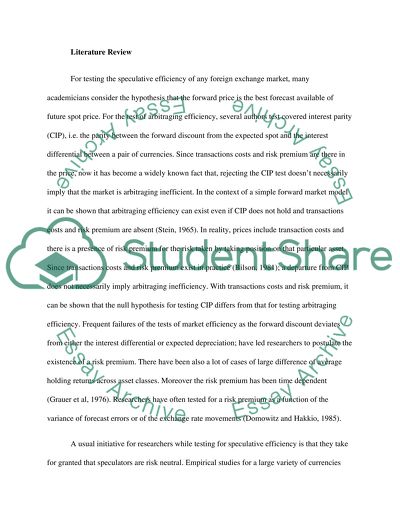Cite this document
(“Efficiency of Foreign Exchange Market Coursework”, n.d.)
Efficiency of Foreign Exchange Market Coursework. Retrieved from https://studentshare.org/finance-accounting/1447014-some-forecasters-believe-that-the-foreign-exchange
Efficiency of Foreign Exchange Market Coursework. Retrieved from https://studentshare.org/finance-accounting/1447014-some-forecasters-believe-that-the-foreign-exchange
(Efficiency of Foreign Exchange Market Coursework)
Efficiency of Foreign Exchange Market Coursework. https://studentshare.org/finance-accounting/1447014-some-forecasters-believe-that-the-foreign-exchange.
Efficiency of Foreign Exchange Market Coursework. https://studentshare.org/finance-accounting/1447014-some-forecasters-believe-that-the-foreign-exchange.
“Efficiency of Foreign Exchange Market Coursework”, n.d. https://studentshare.org/finance-accounting/1447014-some-forecasters-believe-that-the-foreign-exchange.


